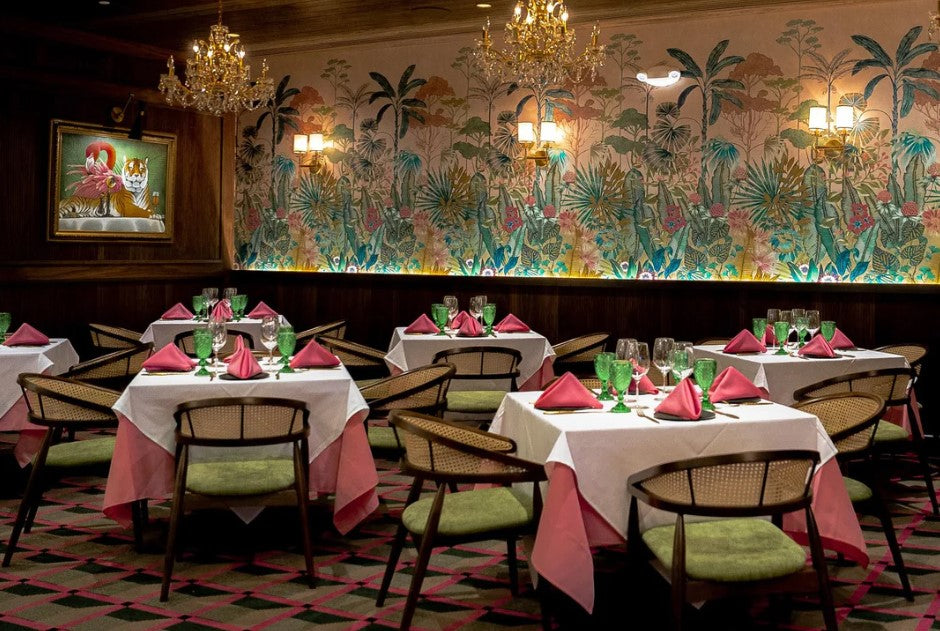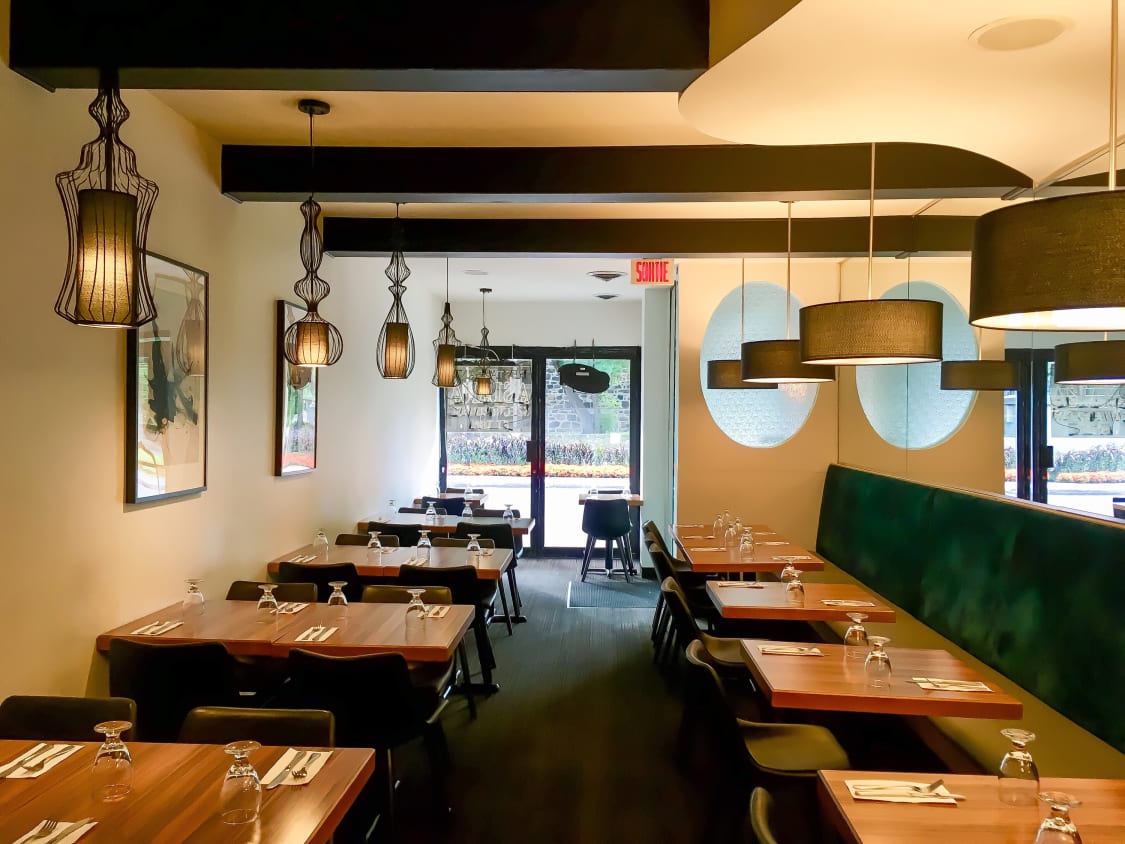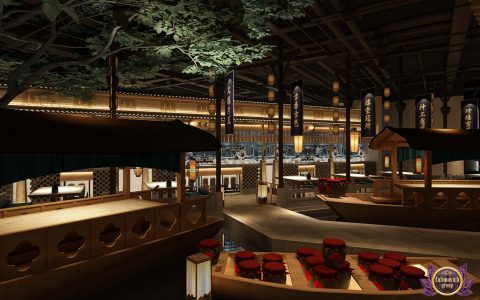Key Considerations for Chinese Restaurant Interior Design
Effective Chinese restaurant interior design balances cultural authenticity with a welcoming ambiance, enhancing the overall dining experience. Attention to detail in specific elements is crucial for creating an immersive and appropriate atmosphere.
Cultural Motifs & Symbolism
- Iconography: Incorporate traditional Chinese symbols judiciously. Common motifs include dragons (power, good fortune), phoenixes (beauty, prosperity), peonies (wealth, honor), bamboo (resilience, longevity), and intricate lattice work.
- Calligraphy & Art: Scrolls featuring Chinese calligraphy or traditional landscape paintings can add an authentic touch. Ensure placement is respectful and aesthetically pleasing.
- Regional Influences: Design can also reflect specific regional Chinese cultures (e.g., Sichuan, Cantonese, Shanghainese), each with unique aesthetic traditions.
Color Palette

- Red: A dominant and auspicious color symbolizing luck, joy, and celebration. Often used for walls, upholstery, or accents.
- Gold/Yellow: Represents wealth, imperial power, and prosperity. Frequently paired with red for a luxurious feel.
- Black/Dark Brown: Provides depth, contrast, and sophistication, often seen in furniture, framing, and architectural details.
- Green: Symbolizes nature, health, and harmony. Can be introduced through plants or specific decorative elements.
- Balance: While traditional colors are vibrant, modern interpretations may use them more subtly, balanced with neutral tones to avoid overwhelming the space.
Materials & Textures
- Wood: Dark, polished woods like rosewood or elm are traditional for furniture, screens, and paneling. Bamboo is also a culturally significant and sustainable option.
- Stone & Tile: Natural stone like granite or marble, or ceramic tiles with traditional patterns, can be used for flooring or accent walls.
- Silk & Brocade: For upholstery, cushions, lanterns, or wall hangings, adding texture and a sense of luxury.
- Metal: Brass or bronze accents can be found in hardware, lighting fixtures, or decorative inlays.
Lighting Design
- Lanterns: Iconic Chinese lanterns (paper, silk, or modern interpretations) are essential for ambiance. They can be focal points or used in clusters.
- Layered Lighting: Combine ambient lighting for overall illumination, task lighting for specific areas (e.g., tables, bar), and accent lighting to highlight architectural features or artwork.
- Warmth: Prefer warm-toned lighting (e.g., 2700K-3000K) to create a cozy and inviting atmosphere.
- Dimming Control: Allows for adjusting light levels to suit different times of day or dining moods.
Layout & Spatial Organization (Feng Shui Considerations)
- Flow: Ensure clear, unobstructed pathways for guests and staff. The entrance (Ming Tang) should be welcoming and well-lit.
- Balance & Harmony: Strive for a balanced arrangement of furniture and decor. Avoid sharp corners pointing directly at diners.
- Zoning: Clearly define different areas such as main dining, private dining rooms, waiting areas, and the bar. Screens and partitions are often used for this purpose.
- Privacy: Strategically placed screens or dividers can offer a sense of intimacy without completely isolating spaces.
Furniture & Decorative Elements
- Furniture Style: Can range from ornate, traditional carved wood pieces (e.g., Ming or Qing dynasty inspired) to more contemporary, minimalist designs that still evoke Chinese aesthetics. Comfort and functionality are paramount.
- Screens & Partitions: Intricately carved wooden screens or modern interpretations are functional for dividing space and serve as strong decorative elements.
- Table Settings: Quality chinaware, chopsticks, tea sets, and centerpieces contribute significantly to the theme.
- Plants & Greenery: Bamboo, bonsai, or orchids can add a touch of nature and tranquility.
Modern vs. Traditional Approaches
While classic Chinese design remains popular, many contemporary establishments opt for a fusion. This might involve using a more subdued color palette with accents of traditional hues, incorporating symbolic motifs in abstract forms, or blending traditional materials with modern industrial elements. The goal is to create an authentic yet fresh environment that complements the culinary offering, whether it's deeply traditional or a modern reinterpretation of Chinese cuisine.








